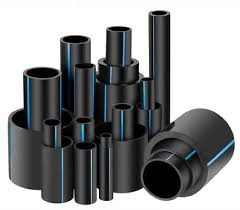Durability and Lifespan
Both PVC and HDPE pipes can have long lifespans of 50 years or more. High quality pipes of either material can last over 100 years if properly manufactured, installed and maintained.
HDPE is considered to have better long-term durability and chemical resistance properties overall. In particular, its resistance to environmental stress cracking gives it better longevity than PVC. However, PVC can also offer excellent longevity when properly formulated and reinforced for the intended application and environment.
Maintenance needs differ between the materials. PVC may require the use of plasticizers to retain its flexibility over its service life. HDPE is more resistant to aging and chemical attack and has less issues with environmental stress cracking. Good initial installation practices and periodic inspection and maintenance is recommended for either material.
Pipe Applications
Both PVC and HDPE are used extensively in piping systems, though HDPE dominates water and gas distribution piping while PVC dominates sewer collection networks.
PVC piping is widely used in the municipal wastewater industry for sewers, being suitable up to 18” diameter gravity sewers. It is also popular for residential drain, waste and vent (DWV) systems. Specialty grades of PVC can handle chemical transport applications.
HDPE is the preferred piping material for natural gas and drinking water systems, including mains and service lines up to 60” diameter pipes. It is also popular for geothermal piping systems. HDPE is not suitable for waste or vent piping applications.
PVC piping is generally joined using solvent cements while HDPE piping utilizes heat fusion welding to connect pipe sections and fittings. Overall installation and maintenance costs can differ between materials depending on technique.




